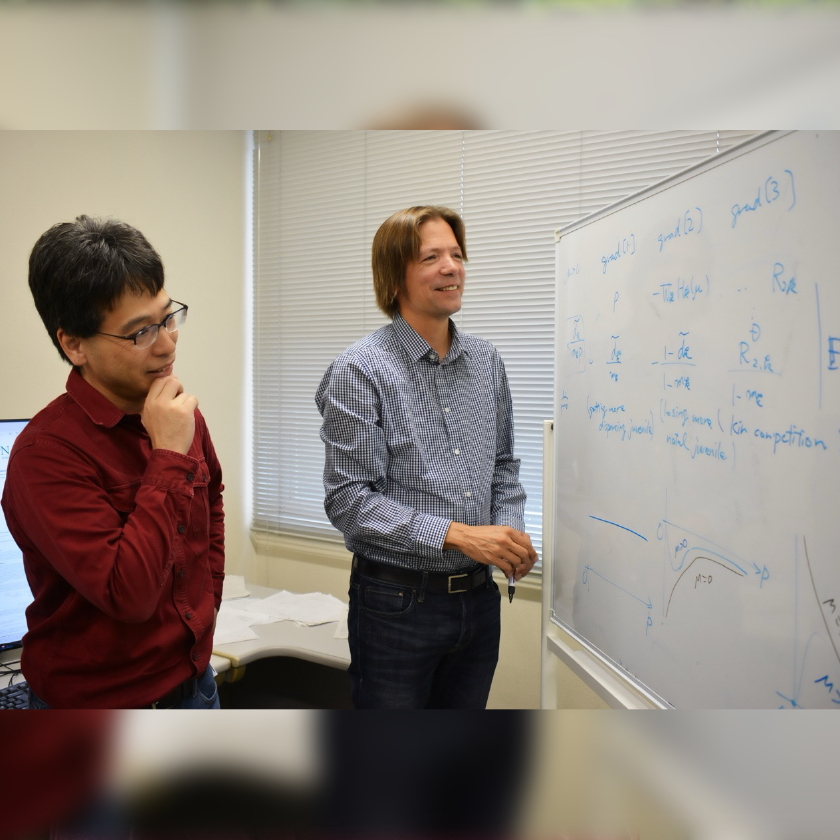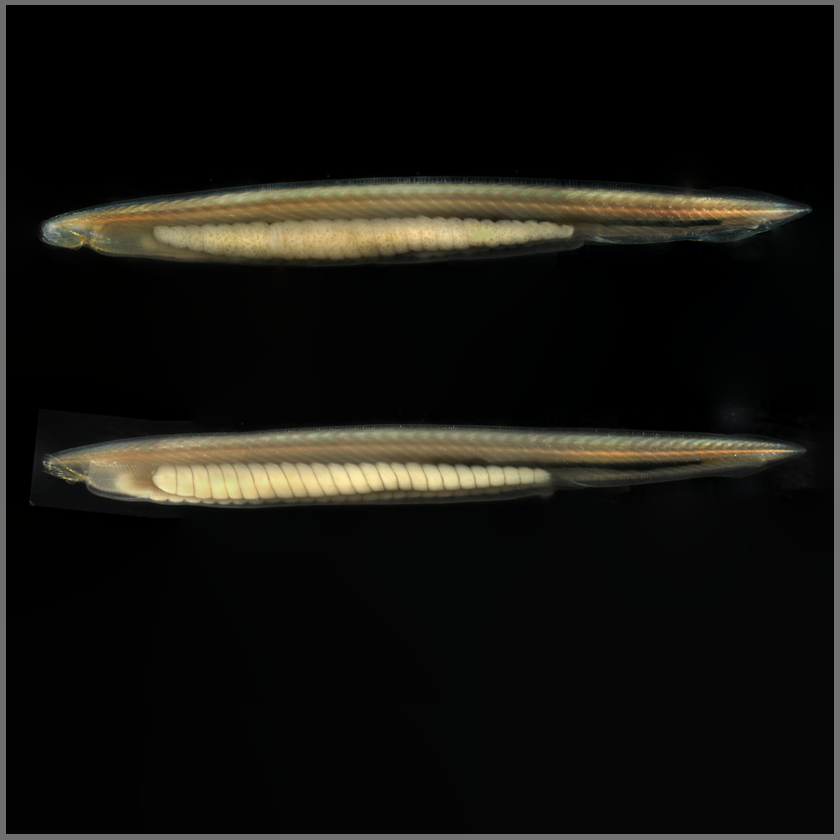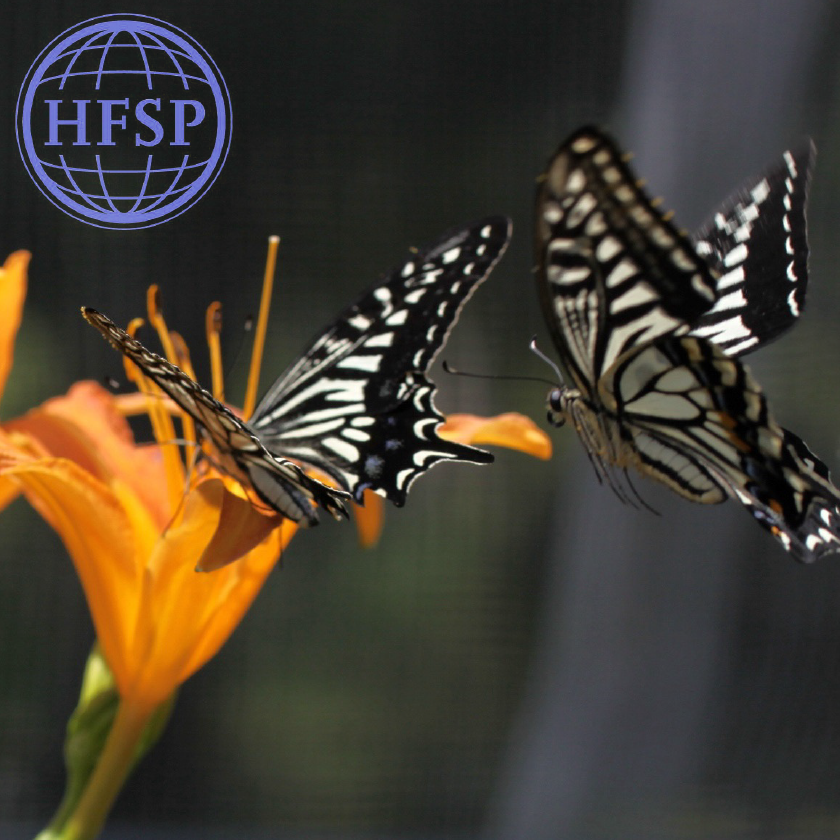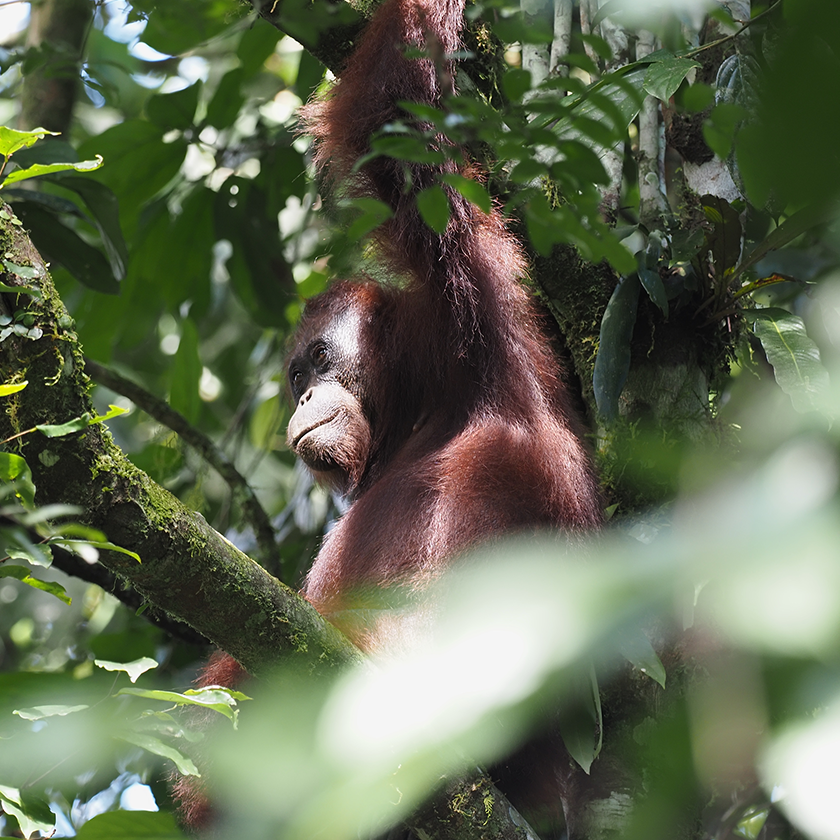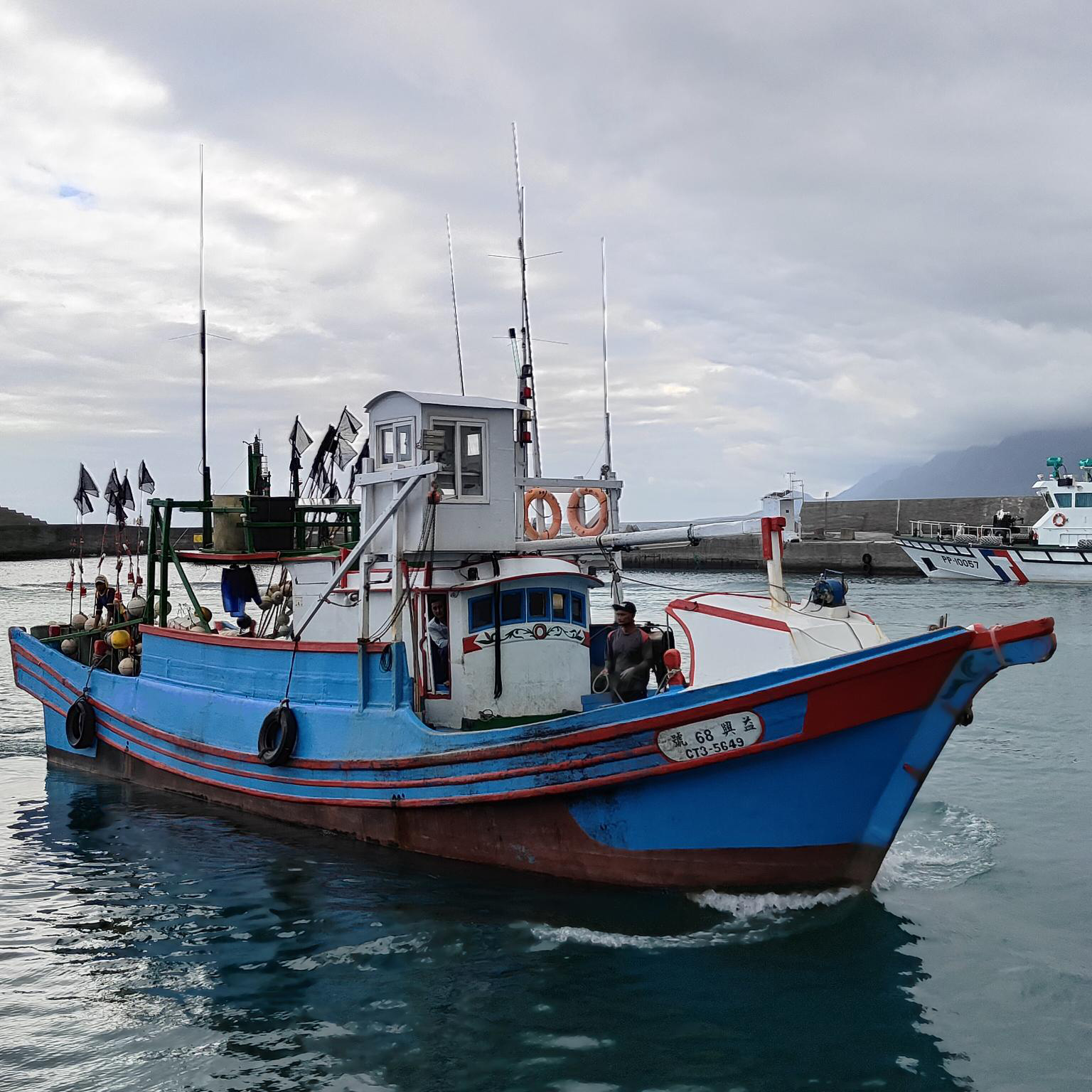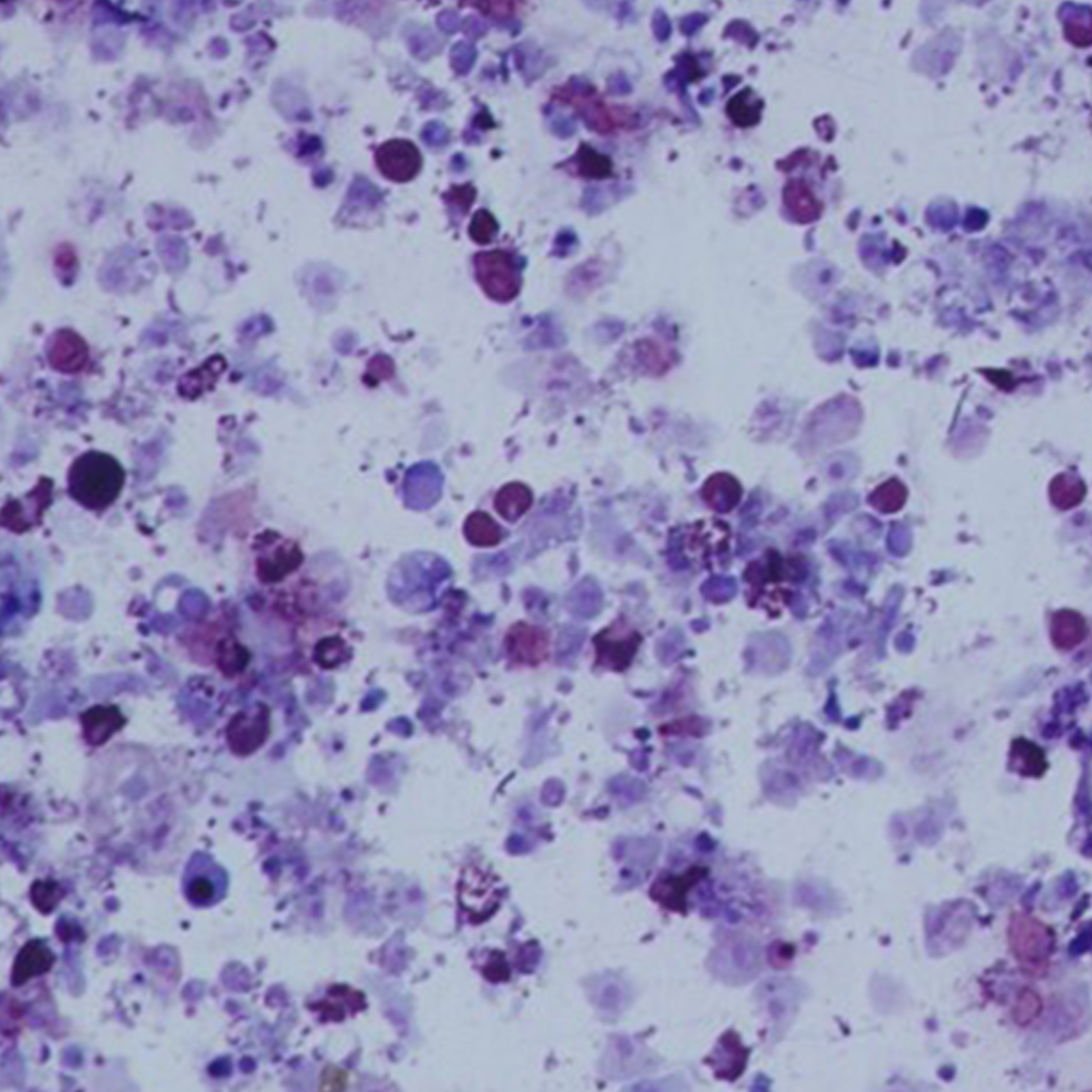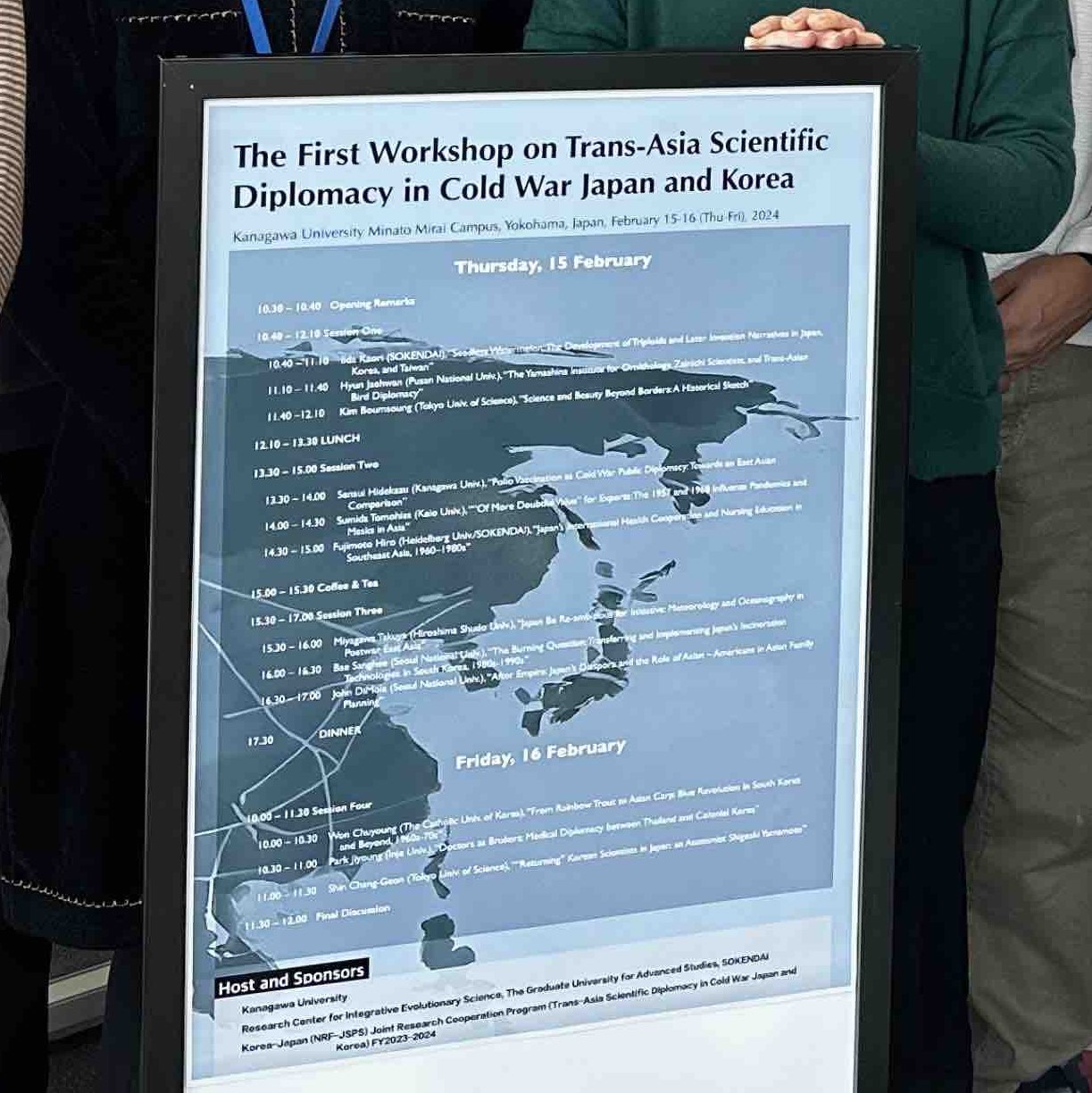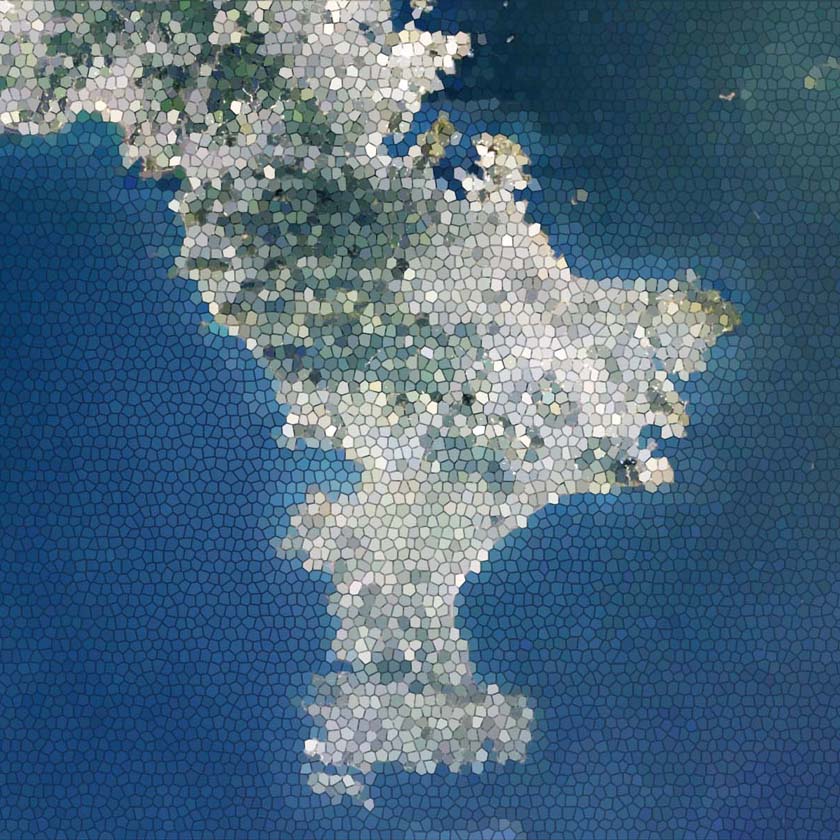Call for Collaboration
On-Going Collaborative Research Projects
Ohtsuki lab: Intl. Collaboration with Univ. of Turku, Finland
Ohtsuki lab: Intl. Collaboration with Univ. of Turku, Finland
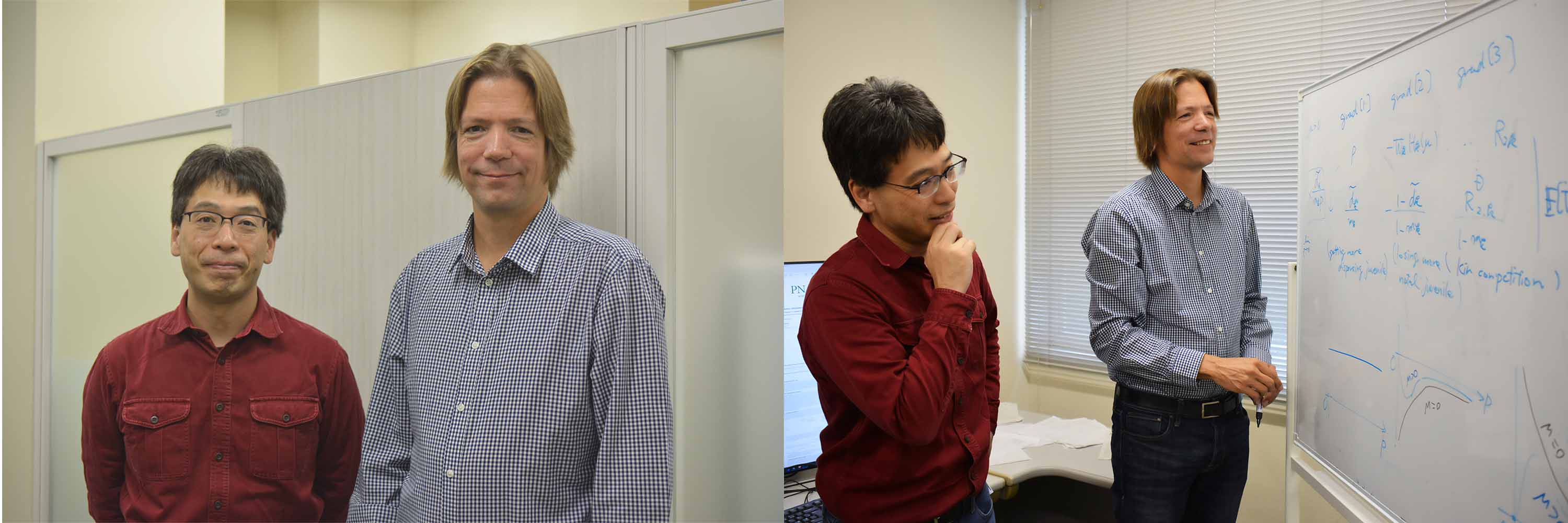
Prof. Ohtsuki has been engaged in international collaboration with Prof. Kalle Parvinen at the University of Turku, Finland, on theoretical studies of the evolution of dispersal. They are trying to unveil the evolutionary reasons why organisms disperse their offspring despite several costs associated with it, by combining evolutionary dynamics and game theory. Both scientists are long-term research collaborators to each other, and through mutual visits, Prof. Parvinen has become very familiar with Japan, and Prof. Ohtsuki, in turn, has become a big fan of Finland.
Irie lab: Intl. Collaboration with Academia Sinica, Taiwan
Irie lab: Clarifying the cellular components of vertebrate body plan
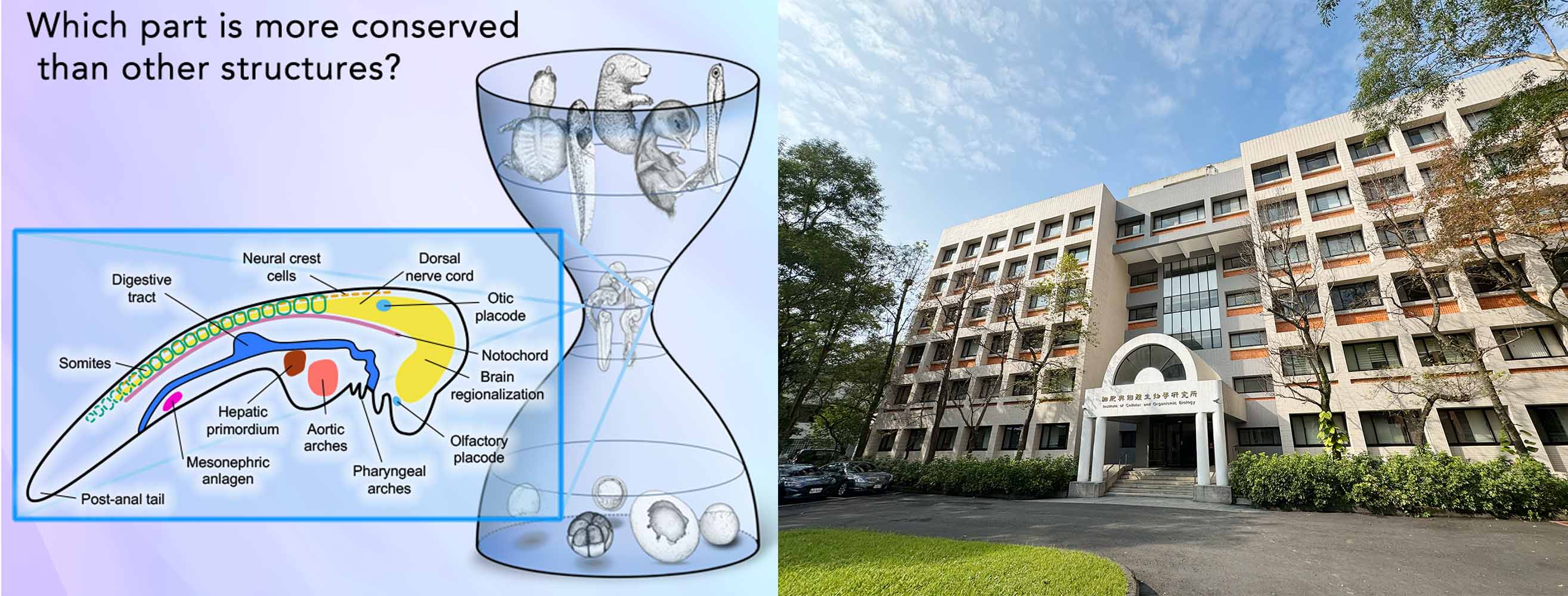
Prof. Irie and Dr. Ju-Kai Yu of Academia Sinica in Taiwan are conducting international collaboration on the evolution of animal bodies as part of a bilateral collaborative program. The basic structure of the vertebrate body (body plan) has remained unchanged through hundreds of millions of years of evolution. While the conservation of the developmental stages of body plan developing phase can explain this body plan conservaiton, it remains unclear what structures or cell types that constitute the body plan have been more strictly conserved. Irie's group and Dr. Jr-Kai Yu and his colleagues at Academia Sinica in Taiwan are searching for the more altered/non-altered features of the chordate body plan at the cellular level to identify old and new structures that make up the body plan.
Kinoshita Lab: Intl. Collaboration under
the Human Frontier Science Program
Kinoshita lab. Shiny signaling: production, detection and neurobiological processing of brilliant colour HFSP #RGP023/2023

Collaboration with Drs. Casper van der Kooi (University of Groningen, the Netherlands) and Darrell Kemp (Macquarie University, Australia)
The aim of the project is an integrative understanding of the ecological significance of shiny coloured signal. For the purpose, we are studying the optical properties of the shiny signal, biological meaning of the signal in foraging and mating behavior, and neural processing of the signals in the insect brain by combining the expertise of biophysics, behavioral ecology and neurethology.This project is supported by Human Frontier Science Program.Tsutaya Lab: Intl. Collaboration with
Univ. Malaysia, Sabah, Malaysia
Tsutaya lab: International Collaboration with Univ. Malaysia, Sabah, Malaysia

Tsutaya lab is conducting a long-term ecological study of wild orangutans on the Malaysian island of Borneo in collaboration with the Japan Orangutan Research Center, Universiti Malaysia Sabah, and Danum Valley Management Committee. Ecological studies of wild orangutans are difficult, and there are not many research teams in the world that have continued long-term research on wild orangutans. They are the sole group conducting this kind of research in Japan.
Y. Watanabe Lab: Int'l Leading Research
International Leading Research: Leading international biologging research to elucidate the impacts of anthropogenic stressors on marine ecosystems

Prof. Yuuki Watanabe is conducting an international collaborative study to investigate the environmental responses of large fish, marine mammals, seabirds, and sea turtles using the "biologging" technique, in which measurement devices are attached to wild animals. Focusing on five representative marine environmental stressors (ocean warming, declining sea-ice, declining oxygen, pollution, and underwater noise), we aim to clarify the effects of individual stressors and the interaction of multiple stressors on marine animals and ecosystems.
Irie Lab: Collaboration with Institute for Life and Medical Sciences, Kyoto University
Evolutionary Origins of Immune Cells
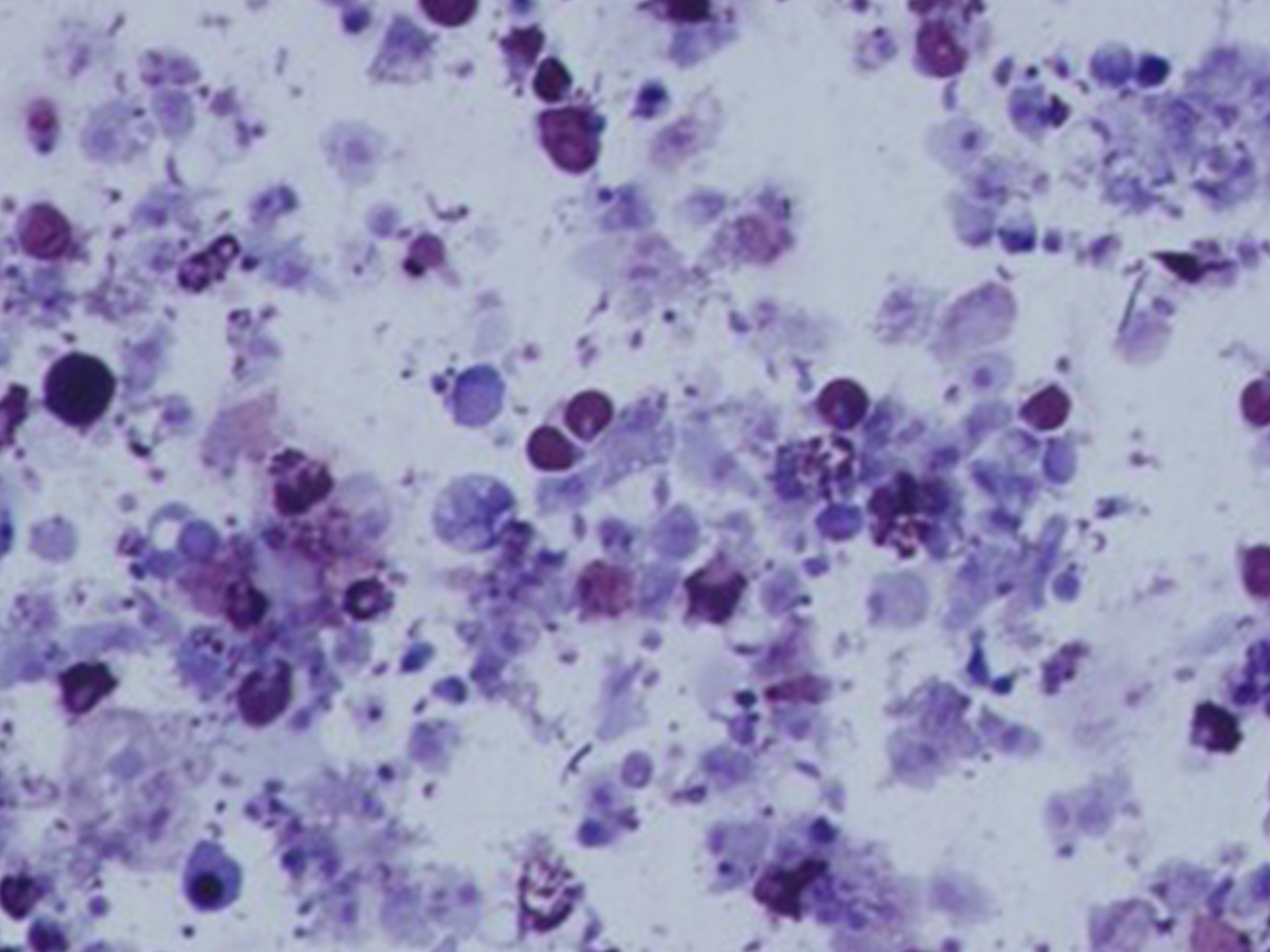
Various types of immune cells function in humans to protect the body from pathogens. Although they are one of the most important, and cells that seems to have been subjected to the strongest selection pressure, the evolutionary origin of these immune cells is still largely unknown. Prof. Nagahata at the Institute for Medical and Biological Research, Kyoto University, and Irie lab members (Prof. Naoki Irie, Dr. Jason Leong) are working to address this question using a wide range of animal species, including sea urchins and ascidians, as well as vertebrates.
Iida Lab: Japan-Korea Joint Project on the History of Science Dipromacy
Trans-Asia scientific diplomacy in Cold War Japan and Korea (KRF/JSPS Bilateral Programs 2023-2025)
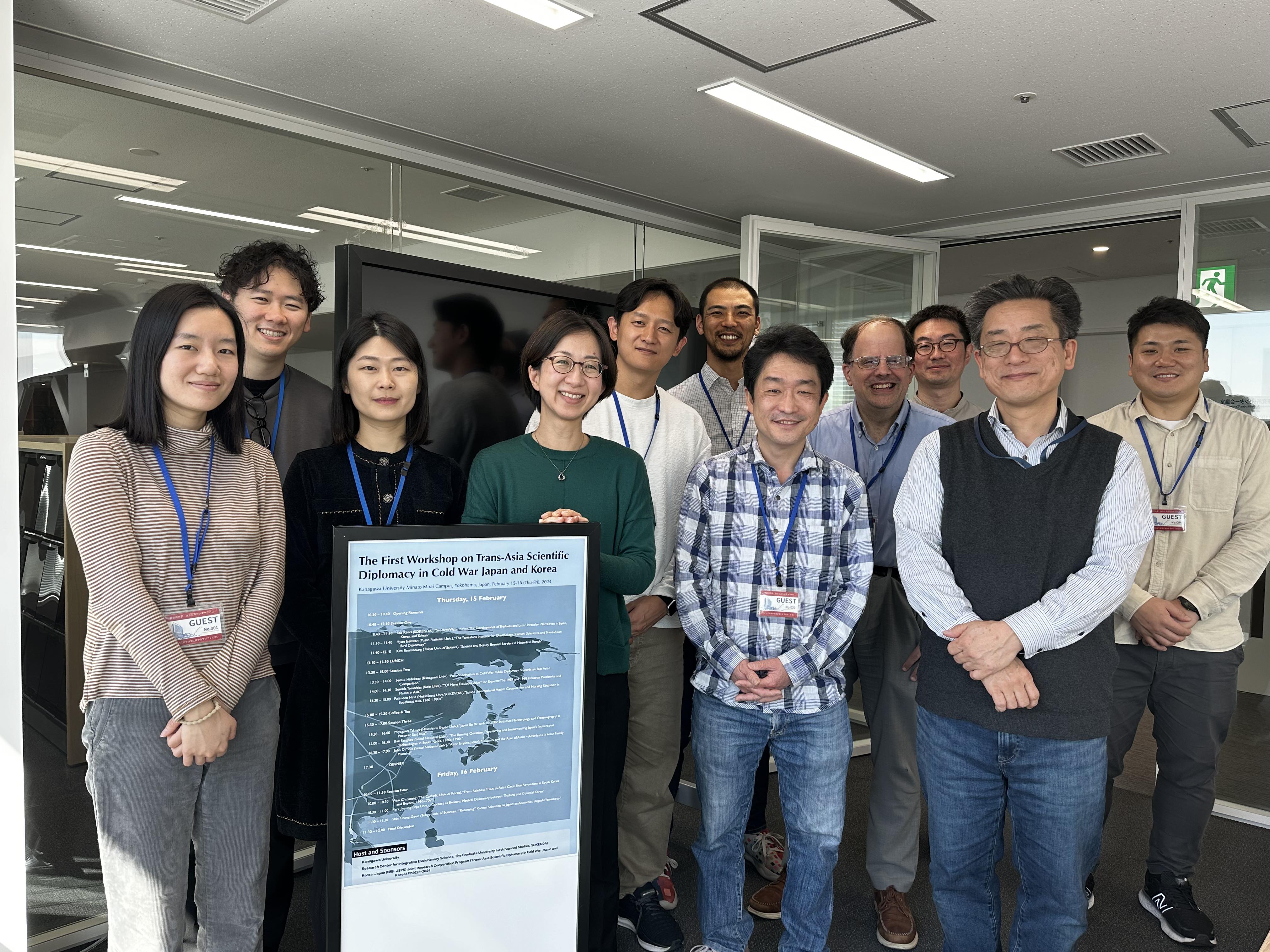
The 1st workshop of the Japan-Korea joint research project “Trans-Asia scientific diplomacy in Cold War Japan and Korea” (KRF/JSPS Joint Research Program Joint Research 2023-2025) was held at Kanagawa University (Minatomirai, Yokohama) on Feb. 15th-16th, 2024.
Miura Peninsula Collaborative Project

